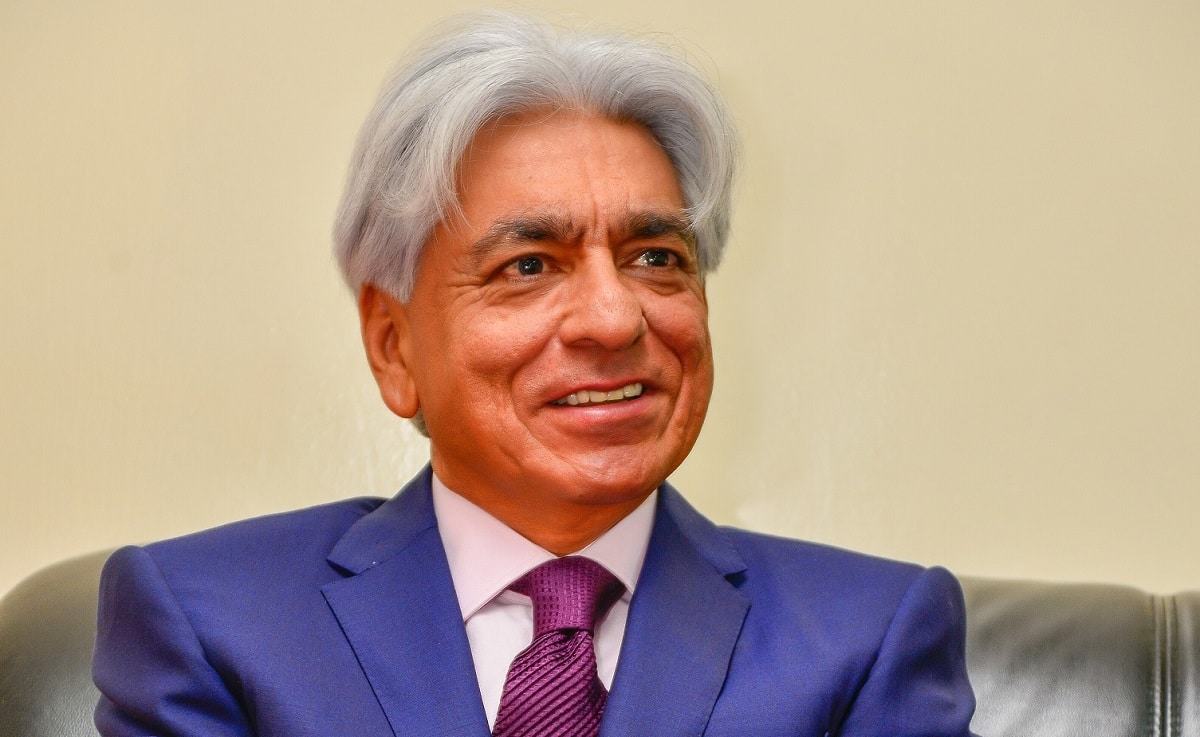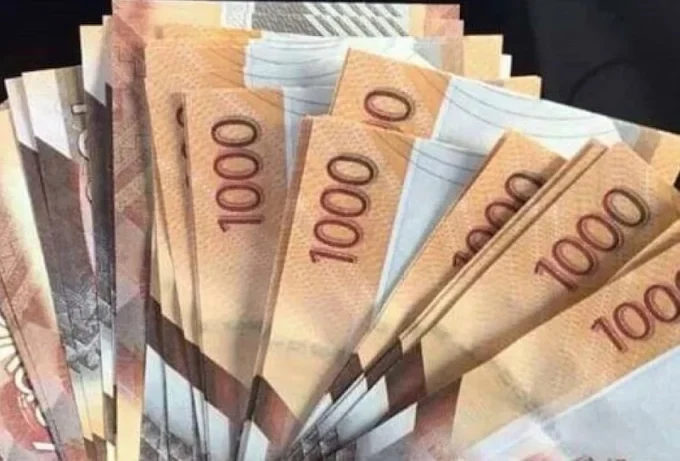De La Rue has been in the headlines this week in Kenya over the suspension of operations at its Thika Road plant, planned layoffs of at least 300 employees and a Ksh1.1 billion tax battle with the Kenya Revenue Authority (KRA). According to De La Rue, it is suspending operations and trimming its workforce as it does not expect any banknote printing order from the Central Bank of Kenya (CBK) for at least the next 12 months.
The move notably comes barely a week since De La Rue lost its battle with the taxman over revenues earned between 2013 and 2017, and is now expected to pay the KRA Ksh1.1 billion. The company is moving to the Court of Appeal to challenge the ruling.
Kenya’s shilling is one of 69 currencies for which De La Rue is responsible for selling high-security paper and printing technology. Besides cash, it partners with governments among other authorities to produce driving licenses, passports, tax stamps and food vouchers – all loaded with high-security features.
In Kenya, it operates through a local joint venture in which the Kenyan government holds a 40 percent stake. When Kenya decided to phase out the old banknotes in favor of a new-generation currency in 2018, it was De La Rue that was awarded the tender.
Founded by Thomas De La Rue, UK-headquartered De La Rue Plc is over 200 years old, and has offices on multiple continents. It first changed hands in 1921 when the De La Rue family sold their interests in the company, 100 years after its establishment. The company had started out printing playing cards and supplying them to, among others, royalty – before venturing into postage stamps in 1855 and bank notes in 1860.
READ>US, UK Pour Billions Into Nairobi Data Centre
Mauritius was the first country for which it produced bank notes. De La Rue was first listed on the London Stock Exchange in 1947. In Kenya, it has been present for the past 25 years.
The company saw its profits in Kenya for the full year ended March 2022 decline to Ksh338.3 million from Ksh476.6 million the previous year. It also posted a 58% drop in net profits for the six months to September 2022, falling from Ksh184.5 million to Ksh76.9 million. These declines were also attributed to lower demand.
The company has been trimming jobs in the Kenyan unit since mid-2022, and is now set to scale down operations even further in a tough economy. The rise of mobile money and digital transactions is considered one of the reasons for lower demand.
According to CBK data, mobile money agents handled a third of Kenya’s Ksh12 trillion GDP in the first six months of 2022, highlighting the massive uptake of mobile money in Kenya.
NEXT READ>Elon Musk to Disrupt Safaricom, Zuku in 2023

![In Kenya, De La Rue operates through a local joint venture in which the Kenyan government holds a 40 percent stake. [Photo/ RMS]](https://businesstoday.co.ke/wp-content/uploads/2023/01/De-La-Rue.png)











Leave a comment